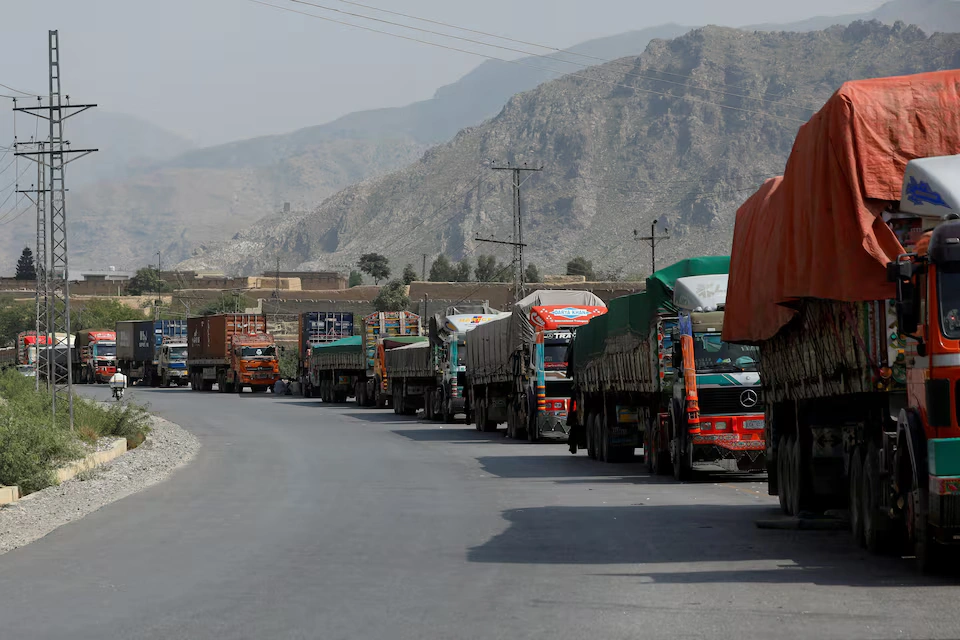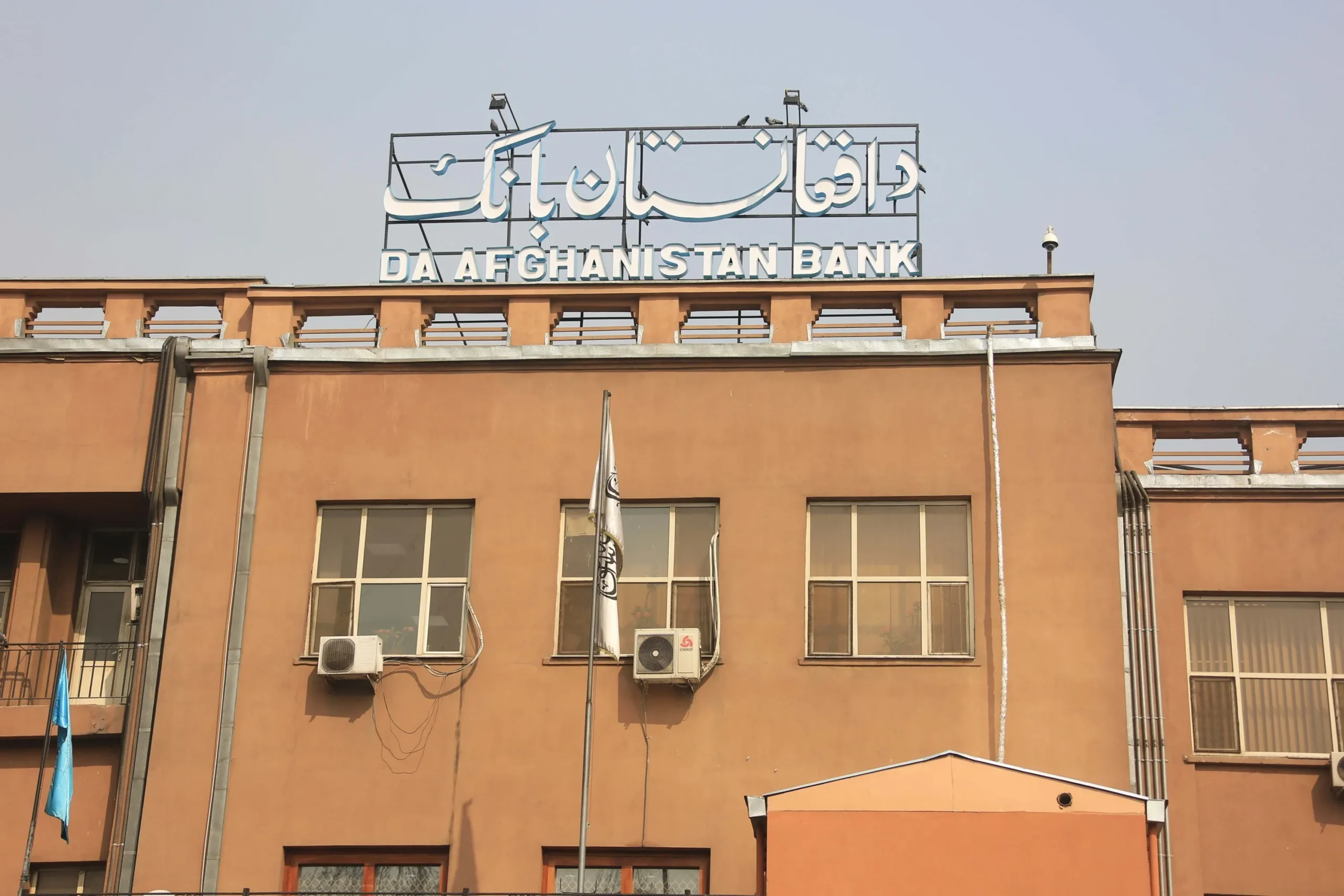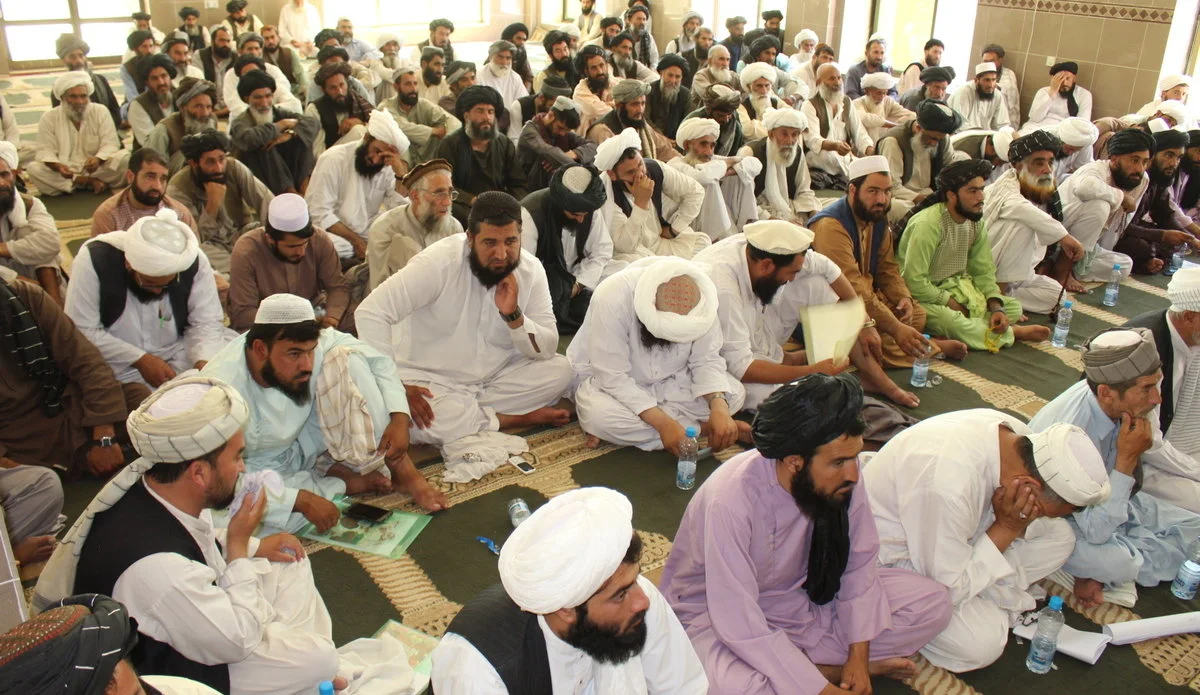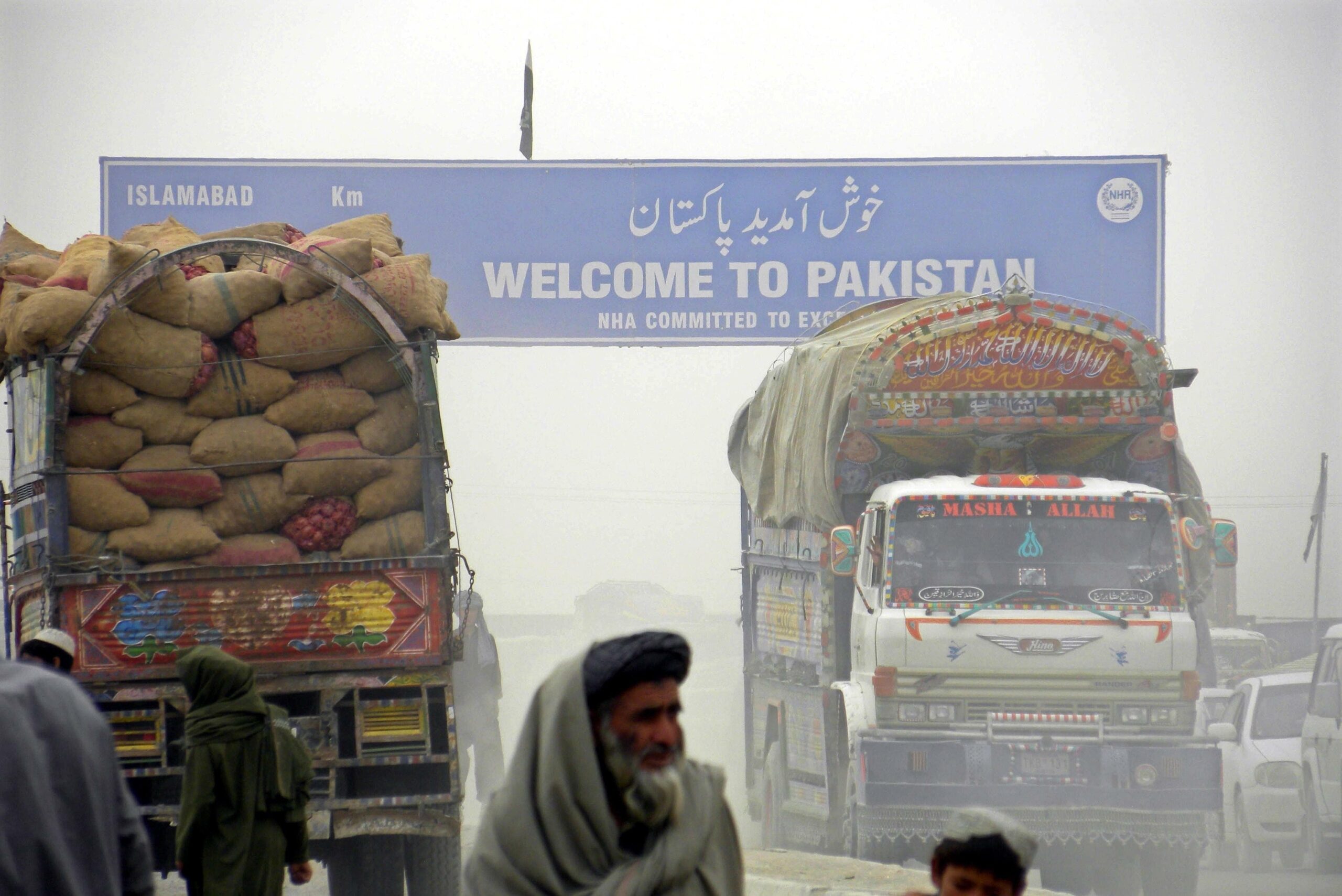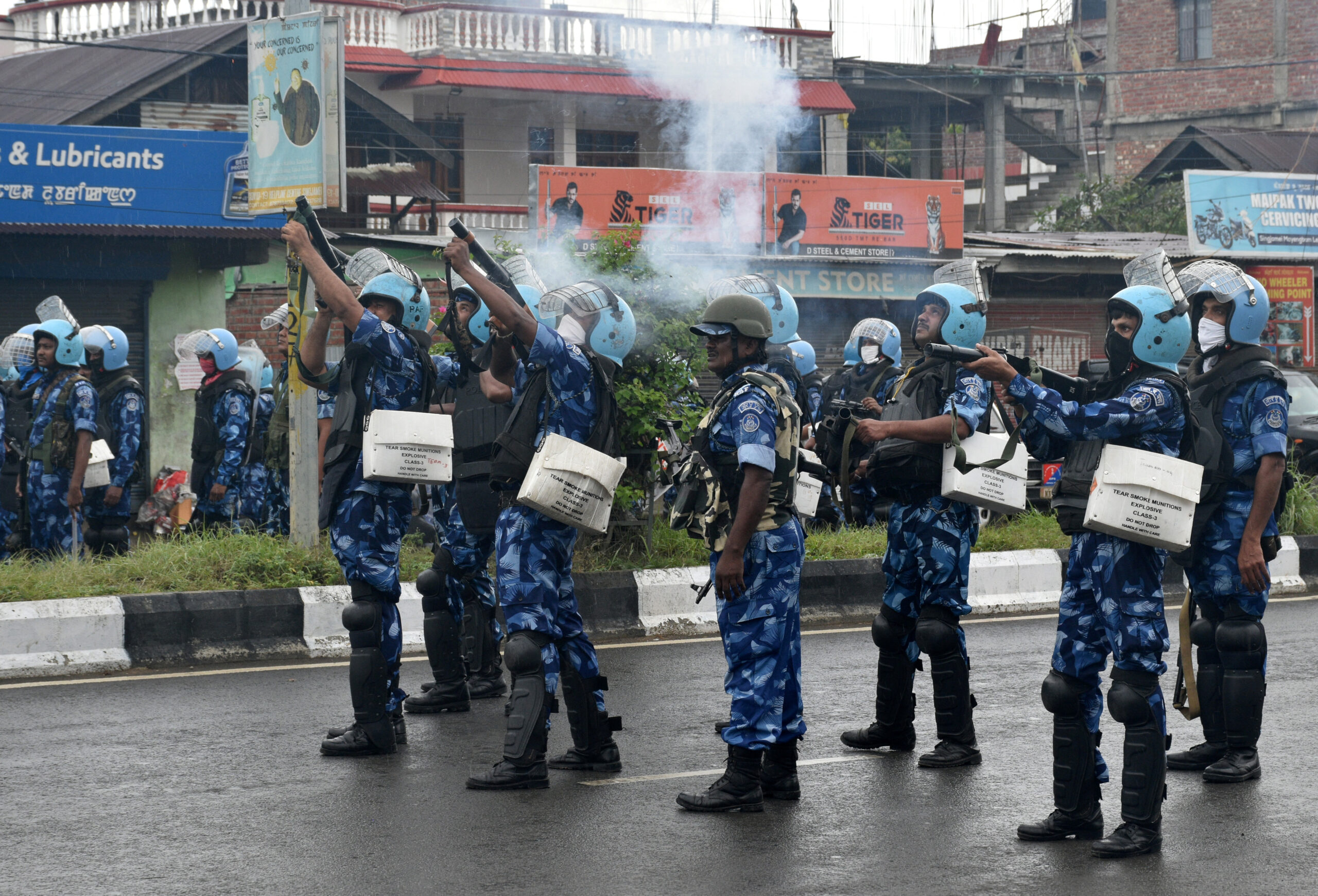The decades gone by have proven that it is not altogether unprecedented for the Pakistan-Afghanistan region to oscillate between fraternity and conflict. As the second round of Pakistan’s National Security Committee (NSC) meeting concluded on Monday, the reaffirmation of demonstrating “zero tolerance” for terrorism raised eyebrows in neighboring Afghanistan. In wake of terrorist activities carried out by outfits such as Tehrik-i-Taliban Pakistan (TTP) and Balochistan Liberation Army (BLA) which surged alarmingly in 2022, it was imminent that Pakistan would seek to maintain the “writ of the state” across its territory. The extent to which such a commitment would affect Afghanistan, though, would become clearer as the year unfolds.
Pakistan and Afghanistan: Locking Horns
The most recent episode of Pakistan and Afghanistan locking horns with each other began in the aftermath of remarks made by Pakistan’s Interior Minister, Rana Sanaullah, in a television interview last week.
Emphasizing that international law makes provision for the right to retaliate against those who impinge on a state’s security, Sanaullah hinted at the possibility of Pakistan targeting TTP sanctuaries within Afghanistan if its authorities chose not to cooperate with Pakistan by eliminating the threat themselves.
Herein, it is imperative to note that the comments made by Sanaullah came after the first round of the NSC meeting, in which, according to him, there was a general consensus that a clearance operation was the need of the hour. In a subsequent development that generated no surprise, the Afghan National Defense Ministry in a statement issued on Sunday rendered Sanaullah’s comments concerning the existence of TTP in Afghanistan and probable attack as “provocative and baseless”. It asserted that there was evidence of TTP bases in Pakistan and that such statements by Pakistani officials were detrimental to the goodwill between the two brotherly neighbors. The statement further added that, despite Afghanistan\’s desire for the peaceful resolution of all disputes, the government was prepared to protect its independence and territorial integrity. By the same evening, it was reported by local sources that an estimated 800 additional fighters had arrived at the garrison close to Spin Boldak gate along the Pakistani border, and several columns of armored vehicles were seen entering the area in anticipation of any action from Pakistan.
On the day that followed, Zabihullah Mujahid, the Acting Deputy Minister for the Ministry of Culture and Information in Afghanistan, expressed his disapproval with the statements having come from Islamabad. He stated that whilst the Islamic Emirate is making every effort not to employ Afghan territory against Pakistan or any other country, Pakistan also has an obligation to resolve the matter, avoid unfounded talks and provocative ideas, as prevalent mistrust is not in the interest of either side.
Terrorism: One Time Too Many
December proved to be the deadliest month for Pakistan in 2022, with the entirety of the year recording 376 terrorist acts in the country, particularly targeting Khyber Pakhtunkhwa (KP) and Balochistan.
According to the annual report released by the Centre for Research and Security Studies (CRSS) on Saturday, terrorist groups like the TTP, the Islamic State Khorasan Province, and the BLA were responsible for the vast majority of these attacks. Ambushes with improvised explosive devices (IEDs) and suicide bombings were noted among the terrorist assaults on civilians and security forces, most of which occurred in the Pak-Afghan border regions. Moreover, the report cited official statements that most of the terrorist violence emanated in eastern Afghanistan, where the TTP’s leadership is based. The research highlighted that Bannu, Waziristan, Bajaur, and Kurram were the epicenters of the majority of terrorist attacks, with these areas—adjacent to the Afghan provinces of Kunar, Nangarhar, Paktia, and Paktika—serving as a launch pad for terrorist strikes inside Pakistan from the neighboring. Previously, data from the Pak Institute of Peace Studies (PIPS) revealed that following the Taliban takeover of Afghanistan in August of 2021 as a result of the withdrawal of US forces, Pakistan experienced a 51% increase in the number of terrorist attacks in a single year, with 433 people killed and 719 injured in 250 attacks between August 15, 2021, and August 14, 2022.
Contrary to what has been dismissed by the Islamic Emirate of Afghanistan as provocative and unfounded claims, the Afghan Taliban since coming to power have indeed taken questionable steps in support of the TTP that are plainly against Pakistan’s interests and security. Perhaps the most notorious of these was giving the TTP a free field in Afghanistan by releasing over 2,000 of its members who had been imprisoned in Afghan jails by former presidents Ashraf Ghani and Hamid Karzai shortly after seizing control of the country.
The Brethren-in-Arms
Earlier, the Afghan Taliban’s strategy of supporting and encouraging the Pakistani government’s negotiations with the group instead of using force against the TTP had numerous geostrategic dimensions. As far as Pakistan was concerned, the mediator in their negotiations with the TTP had landed itself in a position to exploit their well-documented ties to one of Pakistan’s main security threats to extract concessions from the government. While on the one hand the TTP had the opportunity to further cement its operational footing and support base, the Afghan Taliban on the other could promote a positive image of themselves as peacemakers, putting Pakistan on the defensive in order to avoid interfering in Afghan matters. Furthermore, in an increasingly dissatisfied domestic environment, the Afghan Taliban could find great relief in no longer being seen as mere “puppets of Pakistan”.
Popular perceptions notwithstanding, Pakistan’s Foreign Minister Bilawal Bhutto ensured distinguishing between the Afghan Taliban and TTP at a news conference yesterday, claiming that the former was a “reality” with existential history while the latter was nothing more than a terrorist group.
However, despite the growing tirade that the specter of TTP has ignited on both sides of the border recently, there is a minimal immediate probability of Pakistan resorting to kinetic action across the border—as is the likelihood of an equitable response from Afghanistan provided it did. With pressing domestic concerns—especially pertaining to the economy and resultant disillusionment of the masses—in both countries, as well as the absence of a functional air force in Afghanistan which became all too conspicuous following the alleged airstrikes by Pakistan in April of 2022, there is certainly little wisdom in the needless demagoguery and escalation across borders.
Also See: Pakistan and Afghanistan: Tale of Twins


